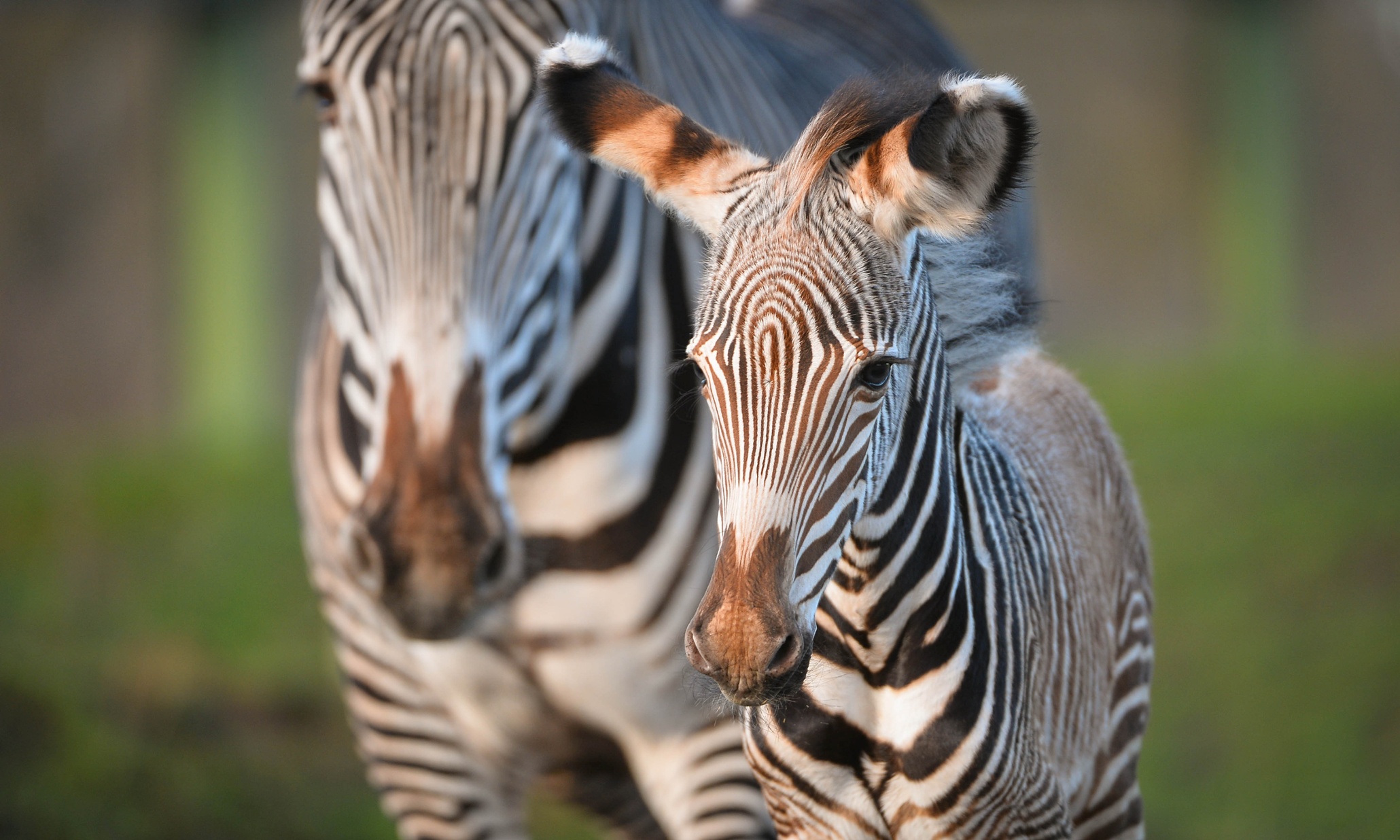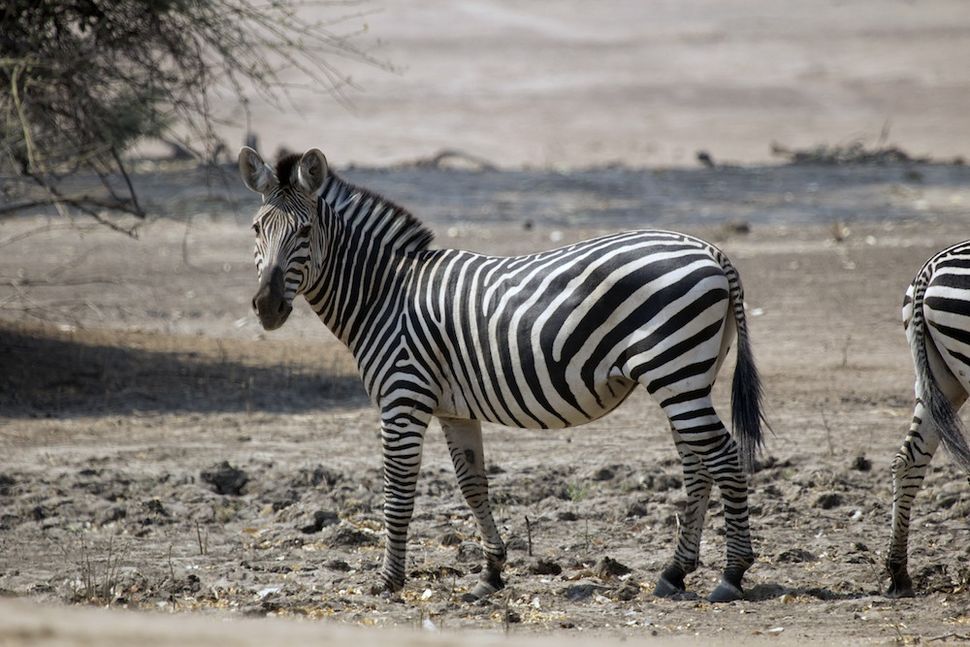


Alternative theories include that the stripes coincide with fat patterning beneath the skin, serving as a thermoregulatory mechanism for the zebra, and that wounds sustained disrupt the striping pattern to clearly indicate the fitness of the animal to potential mates. Stripes are also believed to play a role in social interactions, with slight variations of the pattern allowing the animals to distinguish between individuals.Ī more recent theory, supported by experiment, posits that the disruptive coloration is also an effective means of confusing the visual system of the blood-sucking tsetse fly. However, zebras are herd animals and do not usually travel alone, so the second way the stripes help in camouflage is by confusing the lion - a number of zebras standing or moving close together may appear as one large animal, making it more difficult for the lion to pick out any single zebra to attack. A zebra standing still in tall grass may not be noticed at all by a lion. At first glance, this may seem absurd considering that grass is neither white nor black, but it makes sense because the zebra's main predator, the lion, is colour blind.

First, the vertical striping helps the zebra hide in grass. Zoologists believe that the stripes act as a camouflage mechanism. The zebra crossing is named after the zebra's white on black stripes. These stripes are typically vertical on the head, neck, forequarters, and main body, with horizontal stripes at the rear and on the legs of the animal. They are most well known for their distinctive black and white stripes. The Zebra is a part of the horse family, Equidae, native to central and southern Africa.


 0 kommentar(er)
0 kommentar(er)
